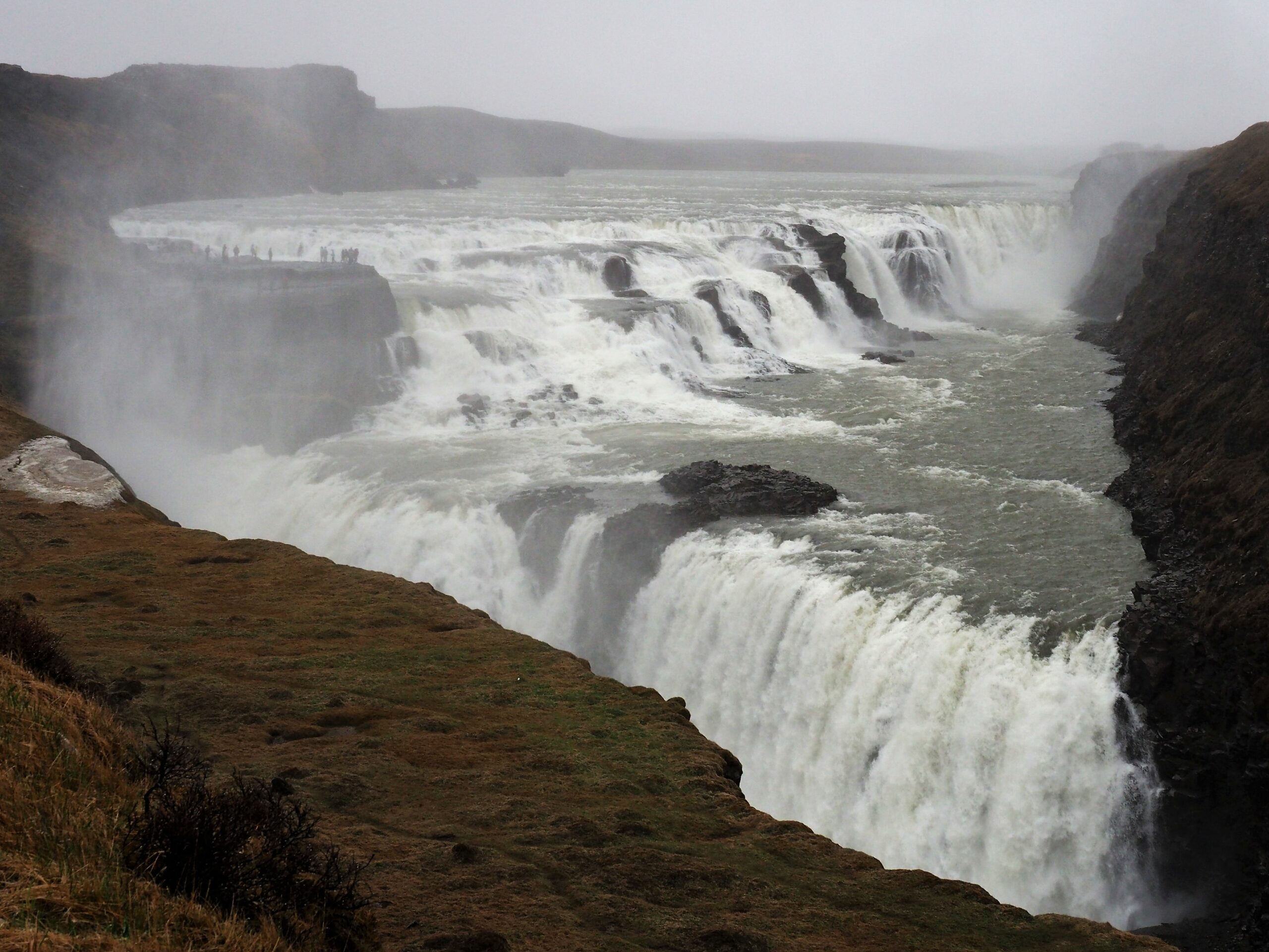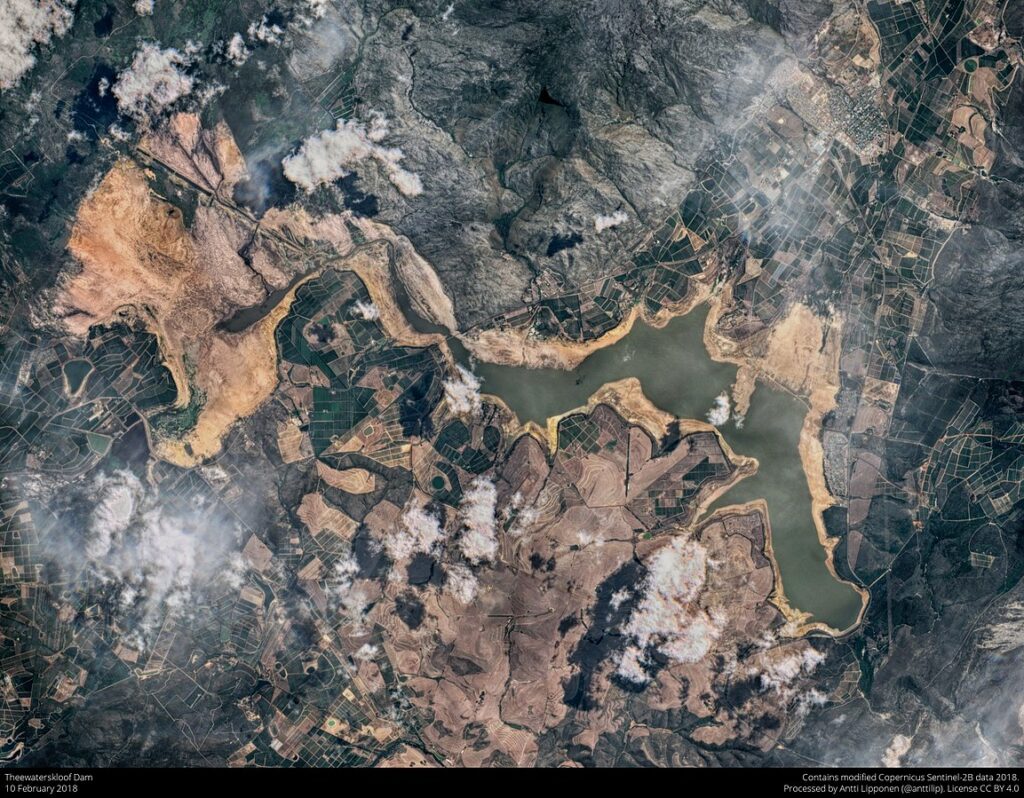11: Water Resources
- Page ID
- 25491
\( \newcommand{\vecs}[1]{\overset { \scriptstyle \rightharpoonup} {\mathbf{#1}} } \)
\( \newcommand{\vecd}[1]{\overset{-\!-\!\rightharpoonup}{\vphantom{a}\smash {#1}}} \)
\( \newcommand{\dsum}{\displaystyle\sum\limits} \)
\( \newcommand{\dint}{\displaystyle\int\limits} \)
\( \newcommand{\dlim}{\displaystyle\lim\limits} \)
\( \newcommand{\id}{\mathrm{id}}\) \( \newcommand{\Span}{\mathrm{span}}\)
( \newcommand{\kernel}{\mathrm{null}\,}\) \( \newcommand{\range}{\mathrm{range}\,}\)
\( \newcommand{\RealPart}{\mathrm{Re}}\) \( \newcommand{\ImaginaryPart}{\mathrm{Im}}\)
\( \newcommand{\Argument}{\mathrm{Arg}}\) \( \newcommand{\norm}[1]{\| #1 \|}\)
\( \newcommand{\inner}[2]{\langle #1, #2 \rangle}\)
\( \newcommand{\Span}{\mathrm{span}}\)
\( \newcommand{\id}{\mathrm{id}}\)
\( \newcommand{\Span}{\mathrm{span}}\)
\( \newcommand{\kernel}{\mathrm{null}\,}\)
\( \newcommand{\range}{\mathrm{range}\,}\)
\( \newcommand{\RealPart}{\mathrm{Re}}\)
\( \newcommand{\ImaginaryPart}{\mathrm{Im}}\)
\( \newcommand{\Argument}{\mathrm{Arg}}\)
\( \newcommand{\norm}[1]{\| #1 \|}\)
\( \newcommand{\inner}[2]{\langle #1, #2 \rangle}\)
\( \newcommand{\Span}{\mathrm{span}}\) \( \newcommand{\AA}{\unicode[.8,0]{x212B}}\)
\( \newcommand{\vectorA}[1]{\vec{#1}} % arrow\)
\( \newcommand{\vectorAt}[1]{\vec{\text{#1}}} % arrow\)
\( \newcommand{\vectorB}[1]{\overset { \scriptstyle \rightharpoonup} {\mathbf{#1}} } \)
\( \newcommand{\vectorC}[1]{\textbf{#1}} \)
\( \newcommand{\vectorD}[1]{\overrightarrow{#1}} \)
\( \newcommand{\vectorDt}[1]{\overrightarrow{\text{#1}}} \)
\( \newcommand{\vectE}[1]{\overset{-\!-\!\rightharpoonup}{\vphantom{a}\smash{\mathbf {#1}}}} \)
\( \newcommand{\vecs}[1]{\overset { \scriptstyle \rightharpoonup} {\mathbf{#1}} } \)
\( \newcommand{\vecd}[1]{\overset{-\!-\!\rightharpoonup}{\vphantom{a}\smash {#1}}} \)
\(\newcommand{\avec}{\mathbf a}\) \(\newcommand{\bvec}{\mathbf b}\) \(\newcommand{\cvec}{\mathbf c}\) \(\newcommand{\dvec}{\mathbf d}\) \(\newcommand{\dtil}{\widetilde{\mathbf d}}\) \(\newcommand{\evec}{\mathbf e}\) \(\newcommand{\fvec}{\mathbf f}\) \(\newcommand{\nvec}{\mathbf n}\) \(\newcommand{\pvec}{\mathbf p}\) \(\newcommand{\qvec}{\mathbf q}\) \(\newcommand{\svec}{\mathbf s}\) \(\newcommand{\tvec}{\mathbf t}\) \(\newcommand{\uvec}{\mathbf u}\) \(\newcommand{\vvec}{\mathbf v}\) \(\newcommand{\wvec}{\mathbf w}\) \(\newcommand{\xvec}{\mathbf x}\) \(\newcommand{\yvec}{\mathbf y}\) \(\newcommand{\zvec}{\mathbf z}\) \(\newcommand{\rvec}{\mathbf r}\) \(\newcommand{\mvec}{\mathbf m}\) \(\newcommand{\zerovec}{\mathbf 0}\) \(\newcommand{\onevec}{\mathbf 1}\) \(\newcommand{\real}{\mathbb R}\) \(\newcommand{\twovec}[2]{\left[\begin{array}{r}#1 \\ #2 \end{array}\right]}\) \(\newcommand{\ctwovec}[2]{\left[\begin{array}{c}#1 \\ #2 \end{array}\right]}\) \(\newcommand{\threevec}[3]{\left[\begin{array}{r}#1 \\ #2 \\ #3 \end{array}\right]}\) \(\newcommand{\cthreevec}[3]{\left[\begin{array}{c}#1 \\ #2 \\ #3 \end{array}\right]}\) \(\newcommand{\fourvec}[4]{\left[\begin{array}{r}#1 \\ #2 \\ #3 \\ #4 \end{array}\right]}\) \(\newcommand{\cfourvec}[4]{\left[\begin{array}{c}#1 \\ #2 \\ #3 \\ #4 \end{array}\right]}\) \(\newcommand{\fivevec}[5]{\left[\begin{array}{r}#1 \\ #2 \\ #3 \\ #4 \\ #5 \\ \end{array}\right]}\) \(\newcommand{\cfivevec}[5]{\left[\begin{array}{c}#1 \\ #2 \\ #3 \\ #4 \\ #5 \\ \end{array}\right]}\) \(\newcommand{\mattwo}[4]{\left[\begin{array}{rr}#1 \amp #2 \\ #3 \amp #4 \\ \end{array}\right]}\) \(\newcommand{\laspan}[1]{\text{Span}\{#1\}}\) \(\newcommand{\bcal}{\cal B}\) \(\newcommand{\ccal}{\cal C}\) \(\newcommand{\scal}{\cal S}\) \(\newcommand{\wcal}{\cal W}\) \(\newcommand{\ecal}{\cal E}\) \(\newcommand{\coords}[2]{\left\{#1\right\}_{#2}}\) \(\newcommand{\gray}[1]{\color{gray}{#1}}\) \(\newcommand{\lgray}[1]{\color{lightgray}{#1}}\) \(\newcommand{\rank}{\operatorname{rank}}\) \(\newcommand{\row}{\text{Row}}\) \(\newcommand{\col}{\text{Col}}\) \(\renewcommand{\row}{\text{Row}}\) \(\newcommand{\nul}{\text{Nul}}\) \(\newcommand{\var}{\text{Var}}\) \(\newcommand{\corr}{\text{corr}}\) \(\newcommand{\len}[1]{\left|#1\right|}\) \(\newcommand{\bbar}{\overline{\bvec}}\) \(\newcommand{\bhat}{\widehat{\bvec}}\) \(\newcommand{\bperp}{\bvec^\perp}\) \(\newcommand{\xhat}{\widehat{\xvec}}\) \(\newcommand{\vhat}{\widehat{\vvec}}\) \(\newcommand{\uhat}{\widehat{\uvec}}\) \(\newcommand{\what}{\widehat{\wvec}}\) \(\newcommand{\Sighat}{\widehat{\Sigma}}\) \(\newcommand{\lt}{<}\) \(\newcommand{\gt}{>}\) \(\newcommand{\amp}{&}\) \(\definecolor{fillinmathshade}{gray}{0.9}\)After reading this chapter, completing the exercises within it, and answering the questions at the end, you should be able to:
- Explain the hydrological cycle and its relevance to surface and groundwater and what residence time means in this context,
- Describe a drainage basin and explain the concept of base level,
- Interpret a stream hydrograph in the context of snow melt and precipitation, and explain what those factors have for water supplies,
- Describe the properties of water and sediments that lead to groundwater storage and flow.
- Explain the difference between an unconfined and confined aquifer.
- Describe the pattern of groundwater flow in an aquifer,
- Explain the connection between groundwater and surface water,
- List some of the ions that are common as major constituents is natural waters, and describe how concentrations in surface water typically differ from those in groundwater, and
- Describe some of the natural and anthropogenic sources of contamination of our water supplies.
- 11.1: The Hydrologic Cycle
- This page outlines the hydrologic cycle, detailing the movement and storage of water on Earth, including evaporation, transportation, condensation, and precipitation. It notes that 97% of Earth's water is in oceans, with only 3% as freshwater, mainly in glaciers and groundwater.
- 11.2: Anthropogenic Effects on Water Quality
- This page discusses the significant impact of human activities on water supply and quality, focusing on agriculture's contribution to groundwater contamination and industrial pollution's catastrophic effects. It highlights the risks posed by nonpoint pollution from agriculture and point source pollution from industries, exemplified by disasters like Love Canal.
- 11.3: Natural Effects on Water Quality
- This page discusses the significance of water volume and quality, highlighting factors like pH, hardness, and contamination that affect freshwater and groundwater. It notes the health risks of hard water and excess fluoride, particularly in locations like Bangladesh where arsenic contamination is prevalent. Coastal aquifers face issues from saltwater intrusion due to rising sea levels.
- 11.4: Groundwater
- This page discusses the significance of groundwater, its storage in aquifers and aquitards, and key hydrological principles such as porosity, permeability, and groundwater flow. It explains how groundwater supports surface water, using Nile Creek as a case study, where the Quadra Sand aquifer sustains a majority of its flow, particularly in summer.
- 11.5: Streams and Stream Flow
- This page explains the concept of a stream and its drainage basin, detailing how precipitation affects water flow. It highlights the seasonal variations in the Ashnola River's flow due to snowmelt and discusses managed watersheds, such as those in Metro Vancouver, which utilize reservoirs for water supply management.
- 11.6: Chapter 11 Summary and Questions for Review
- This page covers the hydrologic cycle, emphasizing water movement influenced by the sun and gravity and the need for sustainable water extraction practices. It addresses human impacts on water quality, particularly from agriculture and chemical spills, alongside natural influences.
It’s no exaggeration to say that water to drink and to grow food is our most important resource. The hydrological cycle ensures that the various water reservoirs—the atmosphere, vegetation, lakes, streams, the ocean, and aquifers underground—are continually replenished. It also helps to ensure that the water in these reservoirs is always being refreshed and recycled (Figure \(\PageIndex{1}\)). Unfortunately, in many areas the natural processes of evaporation and filtration that purify our water cannot keep up with the rate at which we are contaminating it. Most of the world’s rivers are polluted to some degree, many of them so badly that they are unhealthy to swim in, let alone to drink, and there are polluted waterways on every continent, in every country. That said, there are some encouraging signs that waterways can be rehabilitated if we make the effort.

Figure \(\PageIndex{1}\): Gullfoss (“Golden Waterfall”) on the River Hvitá in Iceland. The river originates from the Langjukoll glacier. Now protected, the waterfall was once the proposed site of a hydroelectric dam.
The water of rivers and lakes is relatively easy to pollute but it is also possible to rehabilitate. After enduring centuries of abuse from industrial and municipal waste, London’s River Thames was declared biologically dead in 1957. In the intervening decades there has been a major effort to rehabilitate the river, and it is now considered to be the one of the world’s cleanest urbanized rivers;[1] it is full of aquatic life and is fit to swim in, if not to drink from directly. Groundwater is more difficult to rehabilitate once it has been affected by contamination.
This chapter is about water as a resource, and because they are so intimately linked, surface water and groundwater are considered together. In most populated places on Earth there is enough water to support the people living there. But as the populations of cities continue to swell, existing water supply, treatment, and distribution systems are becoming strained, and as the climate changes, water sources that have been relied on for decades may be less reliable.
For example, in 2017 and 2018, Cape Town, South Africa, nearly ran out of water following a dramatic increase in urban population and several years of climate-change related drought (Figure \(\PageIndex{2}\)). Although the drought has eased in the last couple of years, there is no reason to think that another dry cycle isn’t coming, along with another water crisis. In many parts of western North America water providers count on meltwater from high-elevation snow and from glaciers to keep reservoirs topped up in the late spring and summer. As the climate warms there is less precipitation falling as snow and glaciers are shrinking, so the supply of that naturally stored water is no longer guaranteed.

The amount of water is also only one part of water being a resource; the water quality must also be suitable for its intended use. Even where the water source (rivers or groundwater) are unpolluted, water treatment is often necessary to ensure that the water distributed to residents is safe.
Understanding and solving the challenges ahead begins with an understanding of the way in which water moves through the atmosphere and landscape in the hydrologic cycle (which is described in Section 1.2 of this text). This has two major components – surface water and groundwater – that together move water from where it is deposited on the landscape to where is returns to the ocean. These are the two linked systems of the natural water cycle from which humans extract water for farming and industrial uses, and for drinking.
Media Attributions
- Figure 11.0.1 Photo by Isaac Earle, 2016, CC BY 4.0
- Figure 11.0.2 Theewaterskloof by Antti Lipponen, 2018, CC BY 2.0, via Wikimedia Commons, https://commons.wikimedia.org/wiki/F...425520089).jpg
- Francis, R., Hoggart, S., Gurnell, A. & Coode, C. (2008). Meeting the challenges of urban river habitat restoration: Developing a methodology for the River Thames through central London. Area, 40(4), 435-445. https://doi.org/10.1111/j.1475-4762.2008.00826.x ↵


